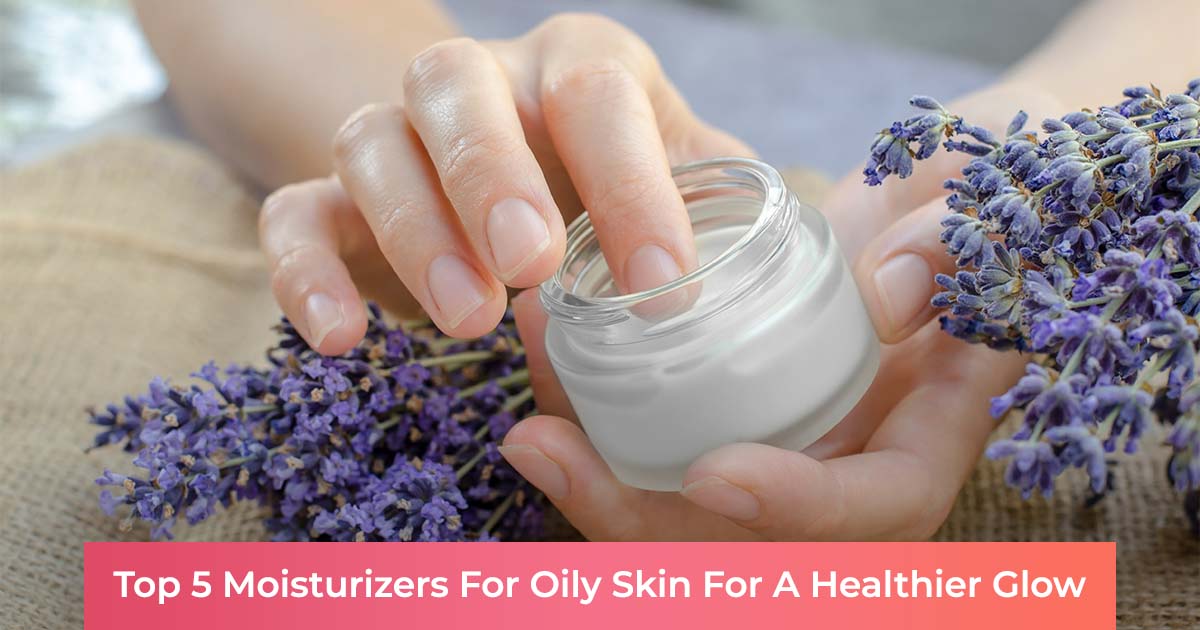How to determine your skin type
Skincare is essential to us. In the modern-day world where your face speaks for yourself, one cannot by any means undermine its nourishment and wellbeing, and to do that, you must acknowledge how your skin tends to deal with everything that is around you.

You need to know your skin type for better care of your persona and understand what is beneficial for your type. Which cosmetic suits them best and what kind of products you should use for desired results, all can be noted. A person’s skin may range from oily to completely dry but could be none at times.
By physically examining and slightly experimenting, you can find the type in which you fit even from the comfort of your home.

Here are the 4 most common skin types:
Oily skin- Oily skin appears greasy and shiny without many sweating activities and is prone to acne. In addition, such skins have large pores due to sebum production from sebaceous glands and develop blemishes over time. These pores could be open or greatly to moderately clogged depending upon several factors.

Dry skin- There are times when your face, moreover your skin, feels harder or less soft. This is more frequent amongst people with dry skin than those who don’t. Having dehydrated skin is also not beneficial as it makes your face look dull. This skin is rough and flaky, causing irritation at times. The face becomes tighter, and wrinkle lines could be formed with age.
Normal skin is neither dry nor oily but depending on the situations such as external factors and climatic conditions, it could take turns to any of the overwhelmed.
Combination skin is familiar to many, with the forehead, nose, and chin (generally referred to as the T region) being slightly oilier than the rest of the face. As a result, there are specific blemishes in some areas and more apparent in others.
Some easy ways to figure out your skin type:

- If your skin develops acne frequently and feels sticky after a minimal workout, then oily skin is undoubtedly your type. To actually feel, wash your face gently and dry it using a soft towel, and leave it to be. If within half an hour or so, you start feeling greasy throughout your face, it is an indication of the same.
- If not, take a piece of blotting paper and gently dab it over different parts of your face. You would notice that oil starts to get absorbed into the paper more than the rest at some spots. If such is the case, then you have the combination skin type. However, if the oil absorbed was equal and minimal, it is a normal skin indication, but if not or hardly accountable, you have dry skin.
- Another set of everyday try-outs is when someone pulls your cheeks, irritating, right! If your face develops lines and wrinkles on simple frowning or being stretched, it reduces the possibility of oily skin to somewhat normal or dry.
- Any of the types mentioned above can accompany sensitive skin for the best. However, regardless of it, sensitive skin feels red, itchy, and burning on applying any external ointment. For this reason, it is considered delicate to handle as they are vulnerable to irritants and harshness. Even the slightest rubbing could cause rashes to develop, or the hefty application could start burning. Sensitive skin is allergy-driven skin, but it is different from a general allergy rash that applies inappropriate or ill-suited products.
Read in detail about the proper way you take care of your sensitive skin.

- There are also environmental factors related to the skin type. Those living in humid and wet coastal areas have more greasy and wrinkle-free skin than those living in mountainous regions with chilly winds, while people living in dry, hot climates such as deserts that have scorching heat strokes have no acne. Hereditary factors also come into play in determining the majority of your skin overturns and characteristics.
Conclusion:
For a more professional and accurate determination of your skin type, you could visit a skincare clinic or skin parlours nearby and have therapies to find out what is best for you. You could also find a customized description of your skin with a complete list of do’s and don’ts and a skincare chart specially curated for you. Even talking to your beautician would help you learn a lot.

Whatever your skin type might be, taking care of it is crucial. Book at-home salon services from Yes Madam and enjoy a youthful and glowing look!




Thank you so much for sharing such an informative and useful blog post. I hope that you and your family will good. I really appreciate you and your blog post. I like your informative blog. And I wish that you will be sharing this informative and motivational blog in future
Thank you